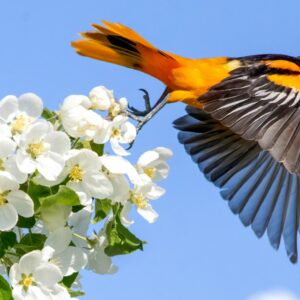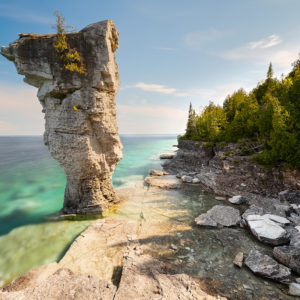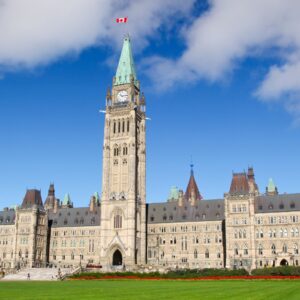Nature Canada Responds to COSEWIC Assessments with Call for Strong Federal Action to Protect Species at Risk

Nature Canada Bird Conservation Manager Ted Cheskey with Wood Thrush
Ottawa (December 3, 2012) –Nature Canada reacted today to the latest wildlife status assessments released by the Committee on the Status of Endangered Wildlife in Canada, or COSEWIC. Forty-two species from plants, to insects, to mammals like the badger were assessed by the Committee. There are now 668 species listed under COSEWIC’s various risk categories.
“Today Canadians have a better idea of how the country’s wildlife is faring in the face of habitat degradation and loss, climate change and natural resource consumption,” said Alex MacDonald, Nature Canada’s manager of protected areas and species-at-risk programs. “Today’s announcement is a reminder of the need for strong federal action to protect our most vulnerable plants and animals, as well as the habitat they need to survive.”
Of the 42 species assessed two were birds that had never before been reviewed by the Committee, the Wood Thrush and the Eastern Wood Pewee. As their names suggest, these species are both associated with woodland habitats, predominantly in the deciduous and mixed wood forests of eastern North America.
The Wood Thrush, assessed as Threatened with extinction by the Committee, belongs to a group of species called ‘forest birds’, while the Eastern Wood Pewee, also a forest bird, assessed as deserving Special Concern, belongs to a group called ‘aerial insectivores’ that catch their insect prey in-flight. The long-term status of these and other groups of bird species was the theme of an unprecedented report published earlier this year, The State of Canada’s Birds 2012,on which Nature Canada was a co-author alongside other partners in the North American Bird Conservation Initiative (NABCI).
“While populations of forest birds have shown a relatively minor decrease over the last 40 years,” said Ted Cheskey, Nature Canada’s manager of bird conservation programs, “the aerial insectivores have shown a precipitous decline of almost 70% during the same period.” For this reason the assignment of Special Concern to the Eastern Wood Pewee, one of the most common aerial insectivores in eastern North America, is a harbinger of a startling trend.
“The assignment of Threatened status to Wood Thrush shows the devil in the details for some forest bird species,” observed Alex MacDonald, Nature Canada’s manager of protected areas and species-at-risk programs. “The Committee cited possible habitat loss on the wintering grounds in Central America, and high rates of ‘nest-robbing’ by Brown-headed Cowbirds and nest predation associated with degraded and fragmented habitats in its breeding range,” he continued.
Of the other species assessed by COSEWIC, three were placed in higher risk categories: the Bay of Fundy population of striped bass (Endangered), the Carolinian population of Massasauga rattlesnake (Special Concern) and the American badger (Endangered). No species were considered healthy enough to be considered free of risk.
[separator headline=”h2″ title=”For more information, contact:”]
Alex MacDonald
Manager, Protected Areas Programs
(613) 562-3447 ext. 300
Cell: (613) 324-7003
amacdonald@naturecanada.ca
Ted Cheskey
Manager, Bird Conservation
Nature Canada
(613) 562-3447 ext. 227
tcheskey@naturecanada.ca



